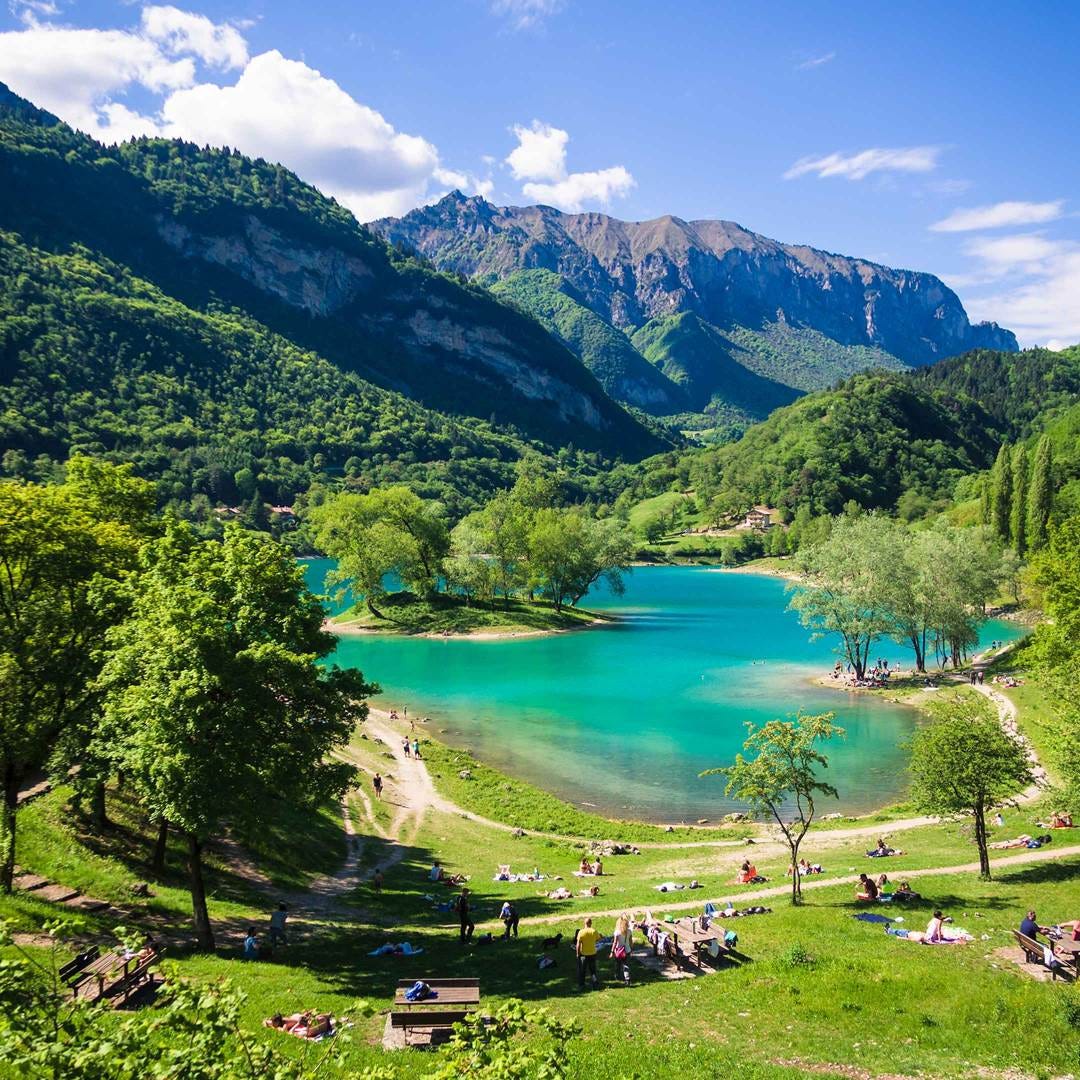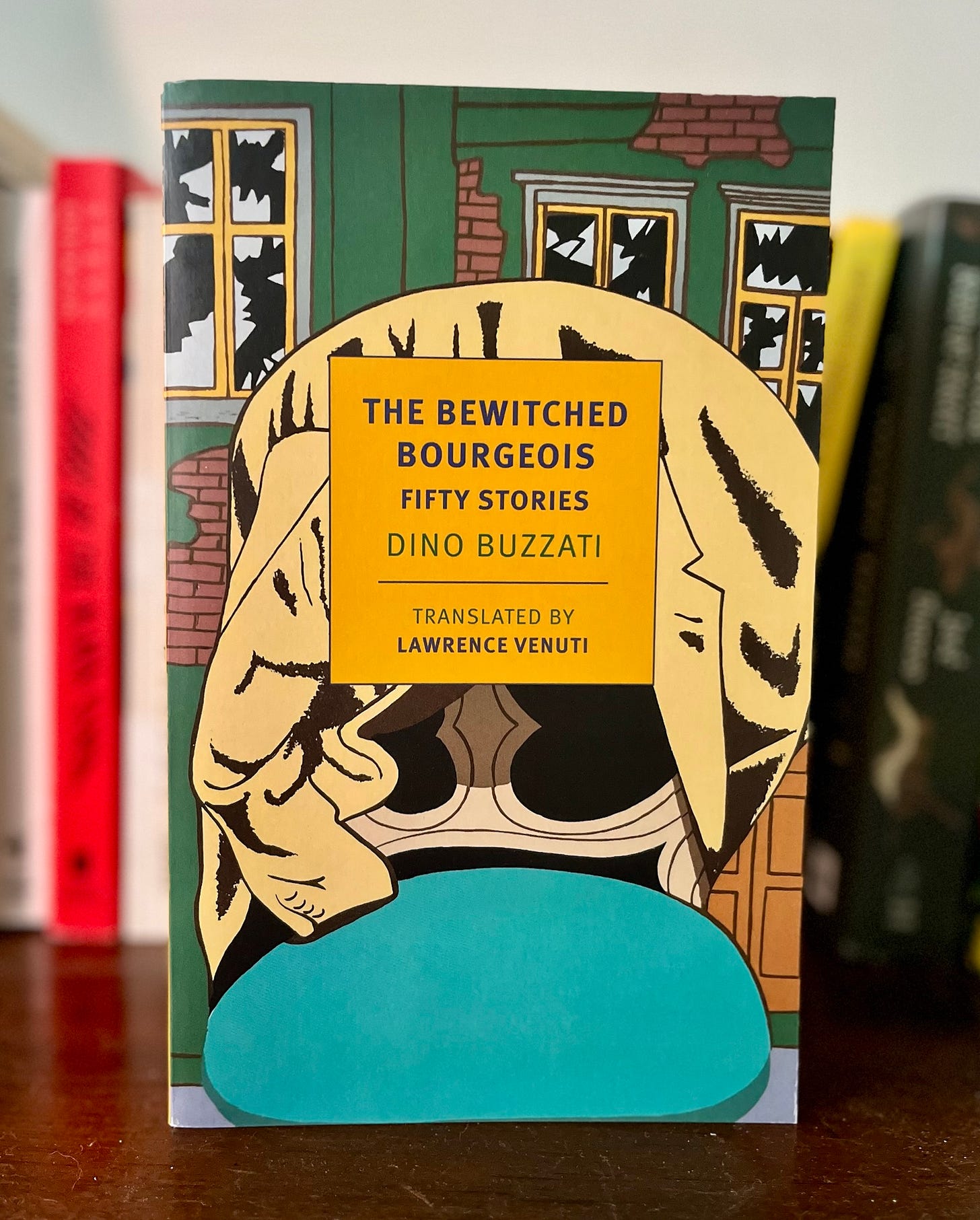This week’s top story concerns an act of police violence which took place at the end of last year but which is now back in the public eye, and with good reason. Back on 24 November a squad of carabinieri in Milan clocked a motorino speeding in the suburbs to the south of the city. Noting the bike was being driven by two stranieri (foreigners), the cops began to pursue the vehicle. What followed was a 20 minute car chase over 8km which came to an abrupt end when the motorino veered off the road and one of the riders, a young 19-year old man Egyptian origin named Ramy Elgaml, fell and died. Police PR went straight into damage control mode. The carabinieri claimed it was an accident, that Ramy fell of his own accord. The driver, however, Ramy’s friend, Fares Bouzidi, insisted that the carabinieri hit the bike intentionally. Unsurprisingly, Bouzidi was ignored. Last week, however, the news channel TG3 released declassified footage from the dashboard of one of the cop cars which clearly corroborates the young man’s account of the chase. In the footage, we hear the officers saying “knock him [Ramy] down, come on knock him down”, and when the bike does fall, killing the boy, they exclaim “bene!” “good.” Prosecutors are currently building a case to lock-up the officers that were responsible, but this conduct is obviously outrageous and thousands took to the streets over the weekend to protest and vent their anger. Some commentators are suggesting that the relative transparency from the police itself represents progress. But the sad truth remains: nothing can bring Ramy back to life, and Italy is still a long way from seeing the kind of reforms that might prevent future violence of this nature.

Sticking with the admittedly grim topic of police violence for a moment: Netflix Italia released a new drama this week about the carabinieri which contains subject matter disturbingly close to the real events I’ve just described. ACAB: La Serie [ENG: Public Disorder] is a new six-episode series based on the book by La Repubblica journalist Carlo Bonini. According to the PR, the show aims to document “the ups and downs of the Italian ‘mobile units’ – police officers responsible for maintaining law and order in town squares during demonstrations, with all the potential for violence and moral dilemmas this may entail.” I haven’t seen the series yet so can’t comment on its quality. The fact that Michele Alhaique of Senza nessuna pietà and Romulus is the Director’s seat, however, certainly bodes well. It’s also encouraging that the creators seem to be aware of the ethical quandaries involved in making entertainment about this topic. As Bonini himself intelligently remarked on the release: “police officers are trapped in bipolar lives dominated by the paradox that, in order to restore order, they’re required to use instruments and methods which continually put laws and morals to the test. Our series investigates the human and social consequences of this dangerous contradiction.” Check out the trailer below.
It’s early January and unsurprisingly every travel magazine out there seems to be in the business of running one of those features with a title like “get off the beaten track in Italy” or “how to beat the crowds in Tuscany” or “here’s where to go instead of X” or “hidden places in Y.” Blah blah blah. I’m not trying to be snobbish here. This is probably a necessary trend. In fact, I’ve actually been reading these kinds of pieces somewhat obsessively myself the past few weeks and I’m even writing a similar story of my own, focusing on one of my personal favourite off-the-radar towns, for publication later this year. In the meantime, though, I want to direct readers here towards a particularly useful and I think unusually thoughtful listicle by Silvia Marchetti which has just gone live over at CNN. Don’t be put off by the somewhat laboured framing (or the aesthetic horrors of the website itself). There are some excellent tips, and destinations like Sirolo, Calcata and Tenno are genuinely original proposals for an Italian break. So check Marchetti’s full selection here!

Arts & Culture: Into the Void
It’s been a long time coming but Joe Wright’s adaptation of Antonio Scurati’s novel Mussolini: Son of the Century is finally out with SKY Atlantic [and NOW TV]. And I have to say, having watched the first two episodes, I’m… on the fence. When I first saw the trailer last autumn, I was worried the glossy style might inadvertently romanticise fascism at a pretty inopportune moment. Looking back, I was probably being overcautious. Wright’s style is, if anything, more jocular and comedic than those first clips suggested. Luca Marinelli, who plays the starring role, performs Italy’s dictator as a kind of potato headed, insecure, swaggering mess of a man, crippled by jealousy and charged with ‘small dick energy’. The whole thing is extremely melodramatic. The sets are unashamedly set-like. There are police chases; flashy montages. Marinelli even addresses the camera directly, breaking the fourth wall with a cheekiness that is more indebted to a show like Fleabag than, say, Peaky Blinders. You can feel Wright struggling to adapt Scurati’s dense ideological prose to the screen, but on the whole this is a deeply satisfying takedown of the ‘Duce’ myth. A must watch if you’re interested in Italy’s 20th Century history.
Dino Buzzati is probably my favourite 20th Century Italian writer. This is a big claim, I know. But honestly, I’m happy to defend that position. The author’s journalism is pithy, concrete and always to the point — yet at the same time he somehow captures the poetry of everyday life in a manner so often lacking in contemporary non-fiction. His novel The Tartar Steppe (1940) is to my mind the most accomplished work of absurdist literature in any language, and a true masterpiece of the genre. It’s the short stories, though, that really won me over. Buzzati wrote over a hundred during his lifetime in a whole range of styles, combining elements of fantasy and fable with realism, surrealism and even science fiction. This week the NYRB classics series released a new ENG anthology The Bewitched Bourgeois: Fifty Stories (trans. Lawrence Venuti). This is a landmark event for publishing, and I can’t wait to finally be able to discuss these beautiful pieces with friends who don’t read Italian. Order a copy straight from the publisher, and if you’re particularly interested you might want to check out this short blog where Venuti explains some of the main difficulties he faced in translating the source text.
Recipe of the Week: Ris e erborin
OK, so this recipe may seem a little meagre at first (I mean, who normally thinks about parsley as the MAIN ingredient in a soup?) Trust me, though, and more importantly, trust the residents of Lombardia who have been cooking this dish for centuries now, because it really is gorgeous. Ris e erborin is traditionally eaten in January and February in the small towns and villages of the foggy pianura just outside of Milan. I’ve got friends who make this religiously whenever the cold starts to bite, and I have to say it’s particularly wonderful if you happen to be struggling with any flu symptoms. What else to say? This is North Italian home cooking at its simplest, so the quality of ingredients is vital. Make sure to use carnaroli rice with a good bite and a high starch content; make sure your butter and parmigiano are both top notch; and most importantly of all, make sure you cook up a decent stock for the broth (Marcella Hazan is still my go to for such occasions). Once you’ve got these elements in place, you’re good to go: just follow these simple instructions and you can’t go wrong.
I’m Jamie Mackay, a UK-born, Italy-based writer, working at the interfaces of journalism, criticism, poetry, fiction, philosophy, travelogue and cultural-history. I set up ‘The Week in Italy’ to make a space to share a regular overview of the debates and dilemmas, innovations and crises that sometimes pass under the radar of our overcrowded news feeds, to explore politics, current affairs, books, arts and food. If you’re a regular reader, and you enjoy these updates, I hope you’ll consider becoming a supporter for EUR 5.00 per month. I like to think of it as a weekly catch-up chat over an espresso. Alternatively, if you’d like to send a one-off something, you can do so via PayPal using this link. Grazie!




